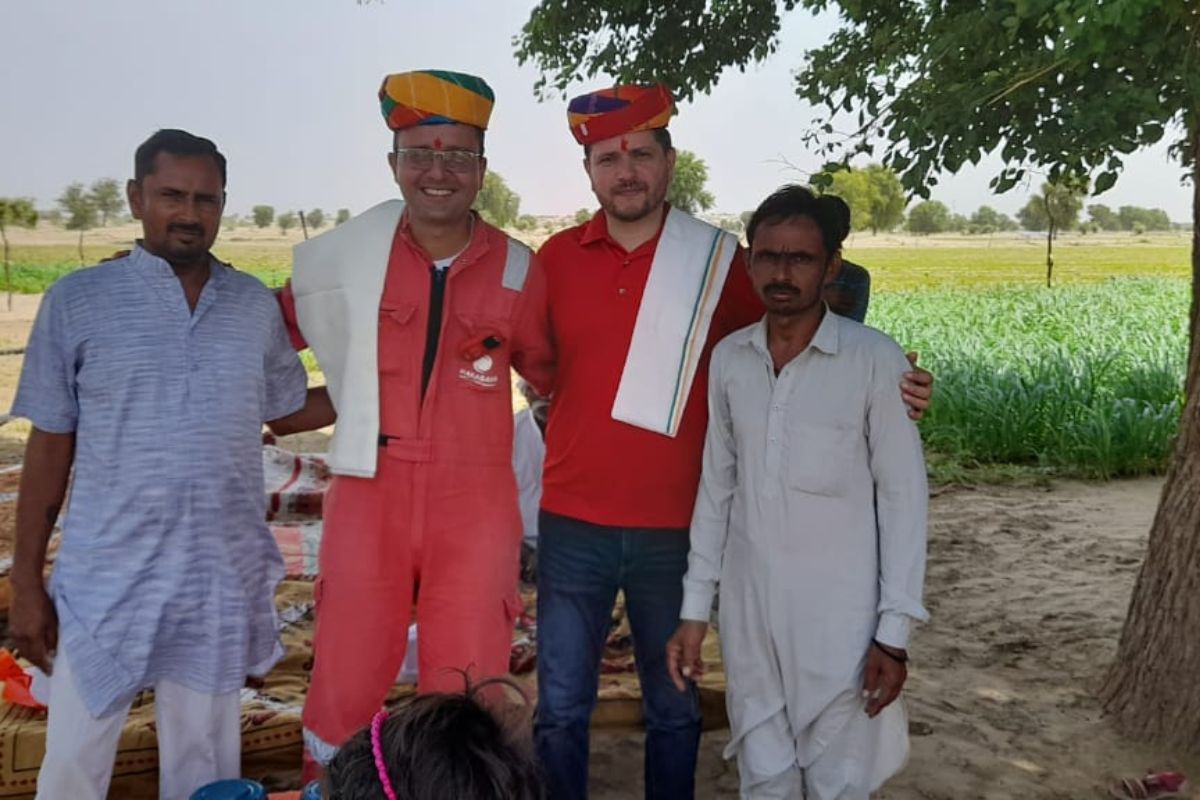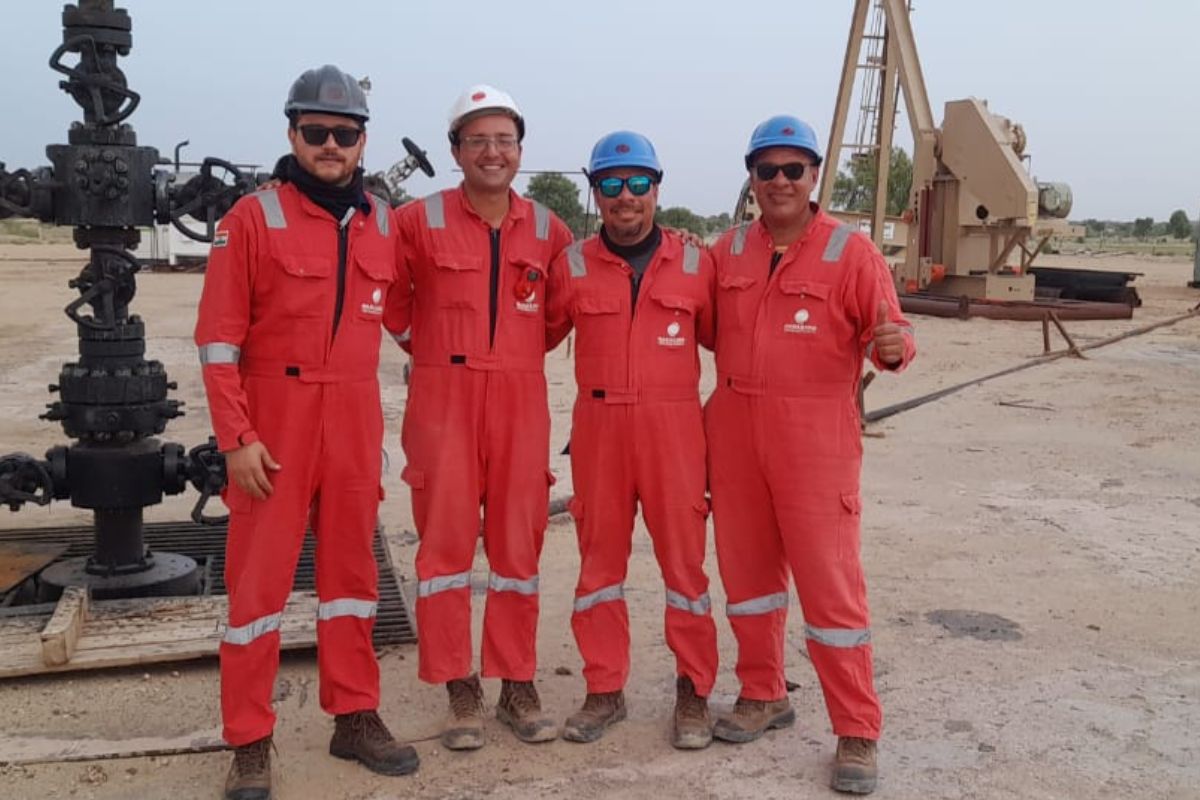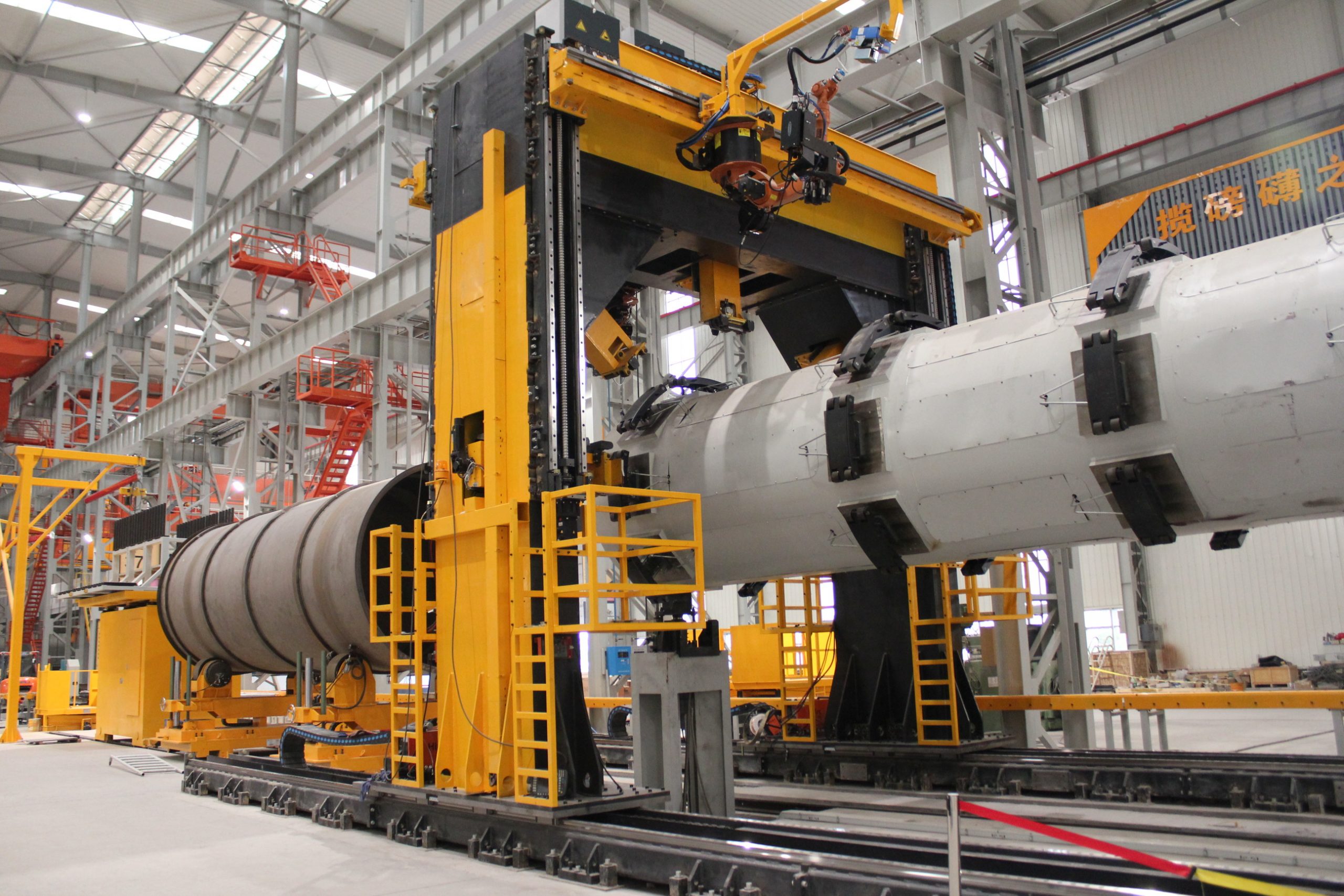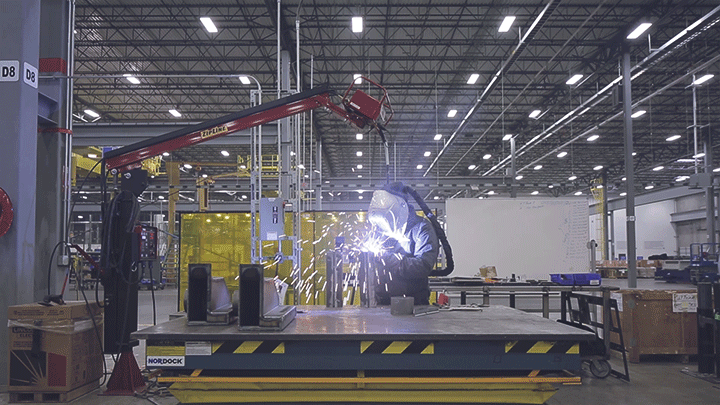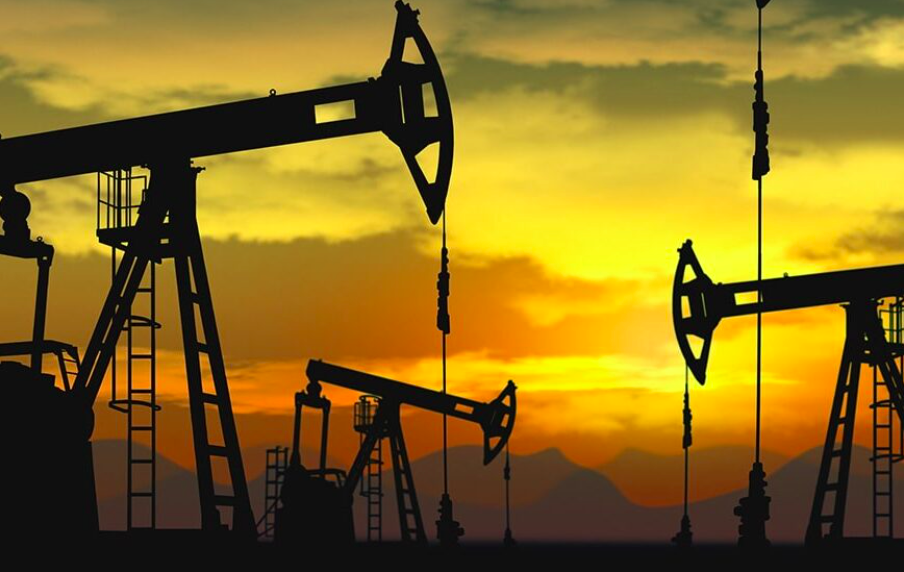In an interview with Energy Capital, Jose Wilfredo Molina president and founder of Nakasawa Resources talks with us about the company’s Enhanced Thermal Oil Recovery (EOR) solutions; the new Super Matroid Heater, and the Super Matroid Cyclone. Besides, Mr. Molina shares with us the benefits of Nakasawa’s recent partnership with ENERPROGROUP to develop more international business opportunities.
Energy Capital – Could you tell us about Nakasawa Resources’ Enhanced Thermal Oil Recovery (EOR) process?
JOSE WILFREDO MOLINA – Nakasawa Resources has designed a solution that increases efficiency and lowers operating costs by using steam injection. Nakasawa’s latest thermal enhanced oil recovery (TEOR) innovations, the Super Matroid Heater (SMH) and Super Matroid Cyclone (SMC); allow for increased heat transfer to the reservoir and greater thermal efficiency by improving surface- and reservoir-level steam quality to increase reservoir productivity. This innovative oil recovery technique ensures increased profit from produced oil. In fact, while using less feedwater, resulting in higher overall value projections.
The SMH and SMC involve controlled condensate separation and remixing with a sprinkler mixer; using automated processes and tools like automatic control valves to obtain steam with a quality of at least 95%. This means there is no loss of condensate, and the total mass goes to the system outlet and injection point.
These systems can operate with feedwater with high total dissolved solids (TDS up to 10,000 ppm) without losing water condensate or thermal energy in the saturated condensate. It will continue to produce steam with a quality of at least 95%; making steam injection with the SMH and SMC an efficient and very profitable EOR process.
Both the SMH and SMC can operate in Cyclic Steam Stimulation (CSS) projects; where they increase the recovery factor of heavy crude oil reservoirs by delivering high-quality steam to the bottom of the wells. Both solutions can also work in Continuous Steam Injection (CSI) projects, such as multiple or single array CSI and SW-SAGD/SAGD; HASD.
EC – How is this process different from other upstream technologies used in the sector?
JWM – Developed in line with its quest to reduce carbon emissions by increasing production, Nakasawa Resources has developed the cutting-edge steam generation technology, the Super Matroid Heater (SMH) and Super Matroid Cyclone (SMC), to offer the following unique benefits: Steam with quality at or above 95%, about 12% less water consumption, over fifteen percent increase in oil production compared to conventional OTSG techniques; and up to 25% savings in operational costs
Additionally, the SMH and SMC systems are completely portable, complying with land transportation regulations. This allows them to easily move between equidistant injection points within an oil field or over urban roads.
One key differentiator in the implementation of SMH technology is the service that the company offers. Nakasawa Resources ensures its client success by building a technical alliance that starts with project strategic design. Also, it continues through its implementation, maintenance, and monitoring. Furthermore, Nakasawa always adapts to clients’ financial needs. For instance, working to help them access the SMH technology that can further their TEOR project development.
Moreover, through its Global Steam Injection Center, Nakasawa Resources provides full EOR project implementation services. For instance, including the human resources and consumables needed to ensure successful EOR. In fact, in both new and mature heavy oil wells.
EC – In this regard, could you tell us about the Super Matroid Heater and the Super Matroid Cyclone?
JWM – Nakasawa Resources has two TEOR solutions available, designed to fit differing client needs.
- The Super Matroid Heater is a complete system, dedicated to generating and injecting high-quality steam into oil wells. Its advanced technology encourages additional oil production, reduces costs, and decreases operating time through a more sustainable, and thus a more profitable, process.
- The Super Matroid Cyclone is available for customers who already have a conventional once-through steam generator (OTSG) but are looking to boost their productivity. The technology implemented in the SMC can be adapted to any conventional OTSG and will guarantee the same results as the SMH.
Both technologies dedicate to generating and injecting high-quality steam into oil wells. Therefore, this encourages additional oil production, reduces costs, and decreases operating time, resulting in a more sustainable and profitable process.
EC – How is this technology helping Nakasawa Resources advance its environmental and sustainability goals?
JWM – Indeed, Nakasawa’s Super Matroid technology aligns with our vision of a sustainable future. With the SMH, we seek to reduce environmental impacts while optimizing oil production. Besides, this system helps contain the negative impact of conventional OTSGs through strict combustion gas emissions controls, reducing their concentration. Unlike a conventional stream separator, which is installed at the steam discharge line’s outlet, there is no loss of condensate or thermal energy with Super Matroid technology. This uses up to 12% less feedwater and combustible gas, thus enhancing sustainability.
This excellent advantage and environmental contribution not only guarantees operational savings; but also reductions in combustible gas and treated water supplies. In addition, the innovative SMH and SMC systems do not generate waste. Also, effluents could damage the environment near the steam injection operations. Lastly, optimizing oil recovery extends reservoir life cycles; minimizes environmental impact, and ensures a more profitable project in a socially responsible way.
EC – In what ways the recent partnership with ENERPROGROUP will help Nakasawa develop international business opportunities?
JWM – The two-year partnership will allow Nakasawa Resources to enhance its offerings in integrated technical services. Also, its EOR project portfolios in all the markets where ENERPROGROUP operates, specifically Indonesia, Malaysia, Brunei, and Uzbekistan. In fact, the official agreement grants ENERPROGROUP the right to act as Nakasawa Resources’ exclusive agent in these four countries.
This collaboration will also help continue driving awareness of Nakasawa’s Global Steam Injection Center, allowing companies worldwide to benefit from our wide range of services and products. This includes offerings such as reservoir analysis, variable monitoring, and control; SMH installation; and oil production optimization, as well as many others.
EC – What areas will this partnership comprehend?
JWM – The alliance between the two companies represents a step toward significant technological advances in the industry, specifically in TEOR. Therefore, it will allow both companies to enhance their offerings in integrated technical services and EOR project portfolios.
The partnership will focus primarily on offering oil companies high-quality EOR technology that will make their processes more efficient and profitable by extending the life of mature oil reservoirs and recovering already discovered resources that were previously out of reach.
Accordingly, the two companies will collaborate on integrated projects in existing ENERPROGROUP territories, offering Nakasawa Resources services such as:
- Drilling and completion
- Surface facilities
- Steam injection services
- Operations, surveillance, and maintenance
Consult the original source here

